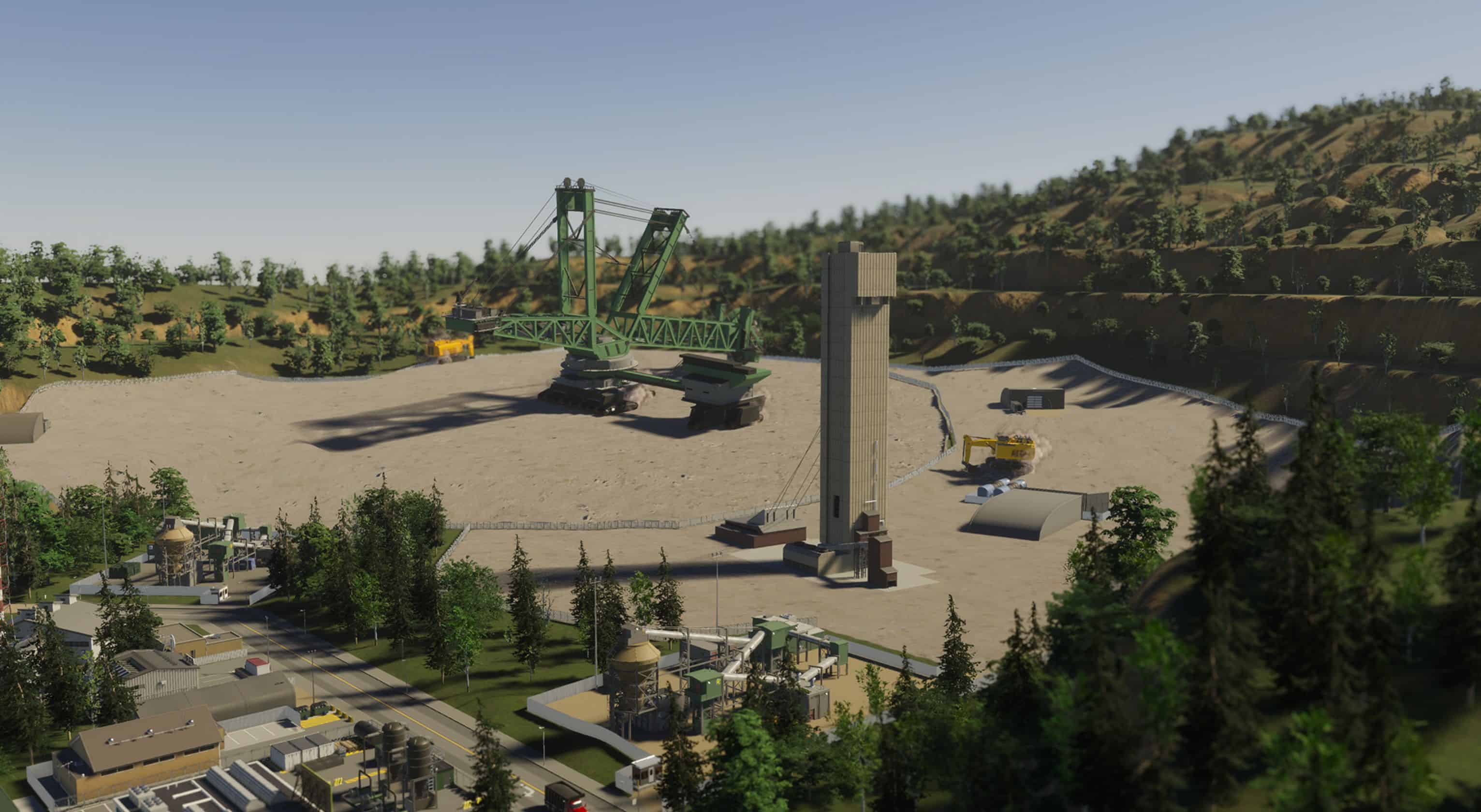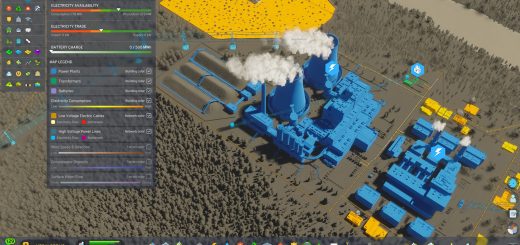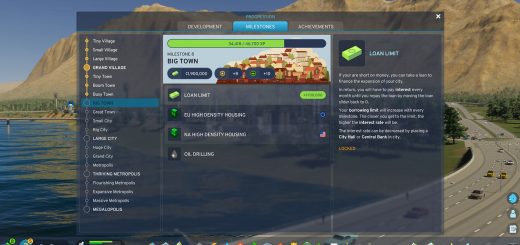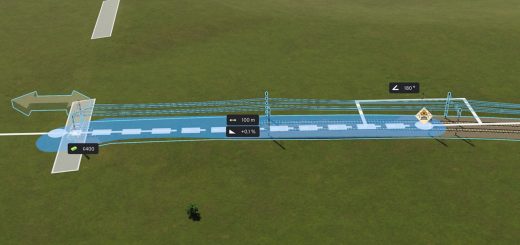Cities Skylines 2: Economy & Production
Hello and thanks for joining us again on our Cities: Skylines II development diary! In today’s entry, we’re diving deep into the intricate workings of the economic system, focusing on the resource management strategies employed by citizens and businesses. You’ll gain insights on crafting a thriving city, determining optimal residential zones for inhabitants, identifying prime spots for businesses, and laying down efficient transport and connection networks to ensure seamless movement of residents, resources, and city services.
The economic mechanics in the original Cities: Skylines might feel familiar in theory when compared to those in Cities: Skylines II. However, the former offered a more streamlined experience. Its production chain was concise, yet it seamlessly integrated into the broader game framework, catering to the needs of that specific edition.
But as we crafted Cities: Skylines II from scratch, redesigning its foundational systems became imperative. This led to an overhauled economic model, responsible for regulating household expenditure and resource consumption, guiding businesses to pinpoint optimal city locations based on projected earnings, resource availability, connectivity, and workforce. This new system also governs the city’s service operations and trade dynamics. For a quick sneak peek into the economic intricacies and the production aspect of Cities: Skylines II, do watch the video provided below.







